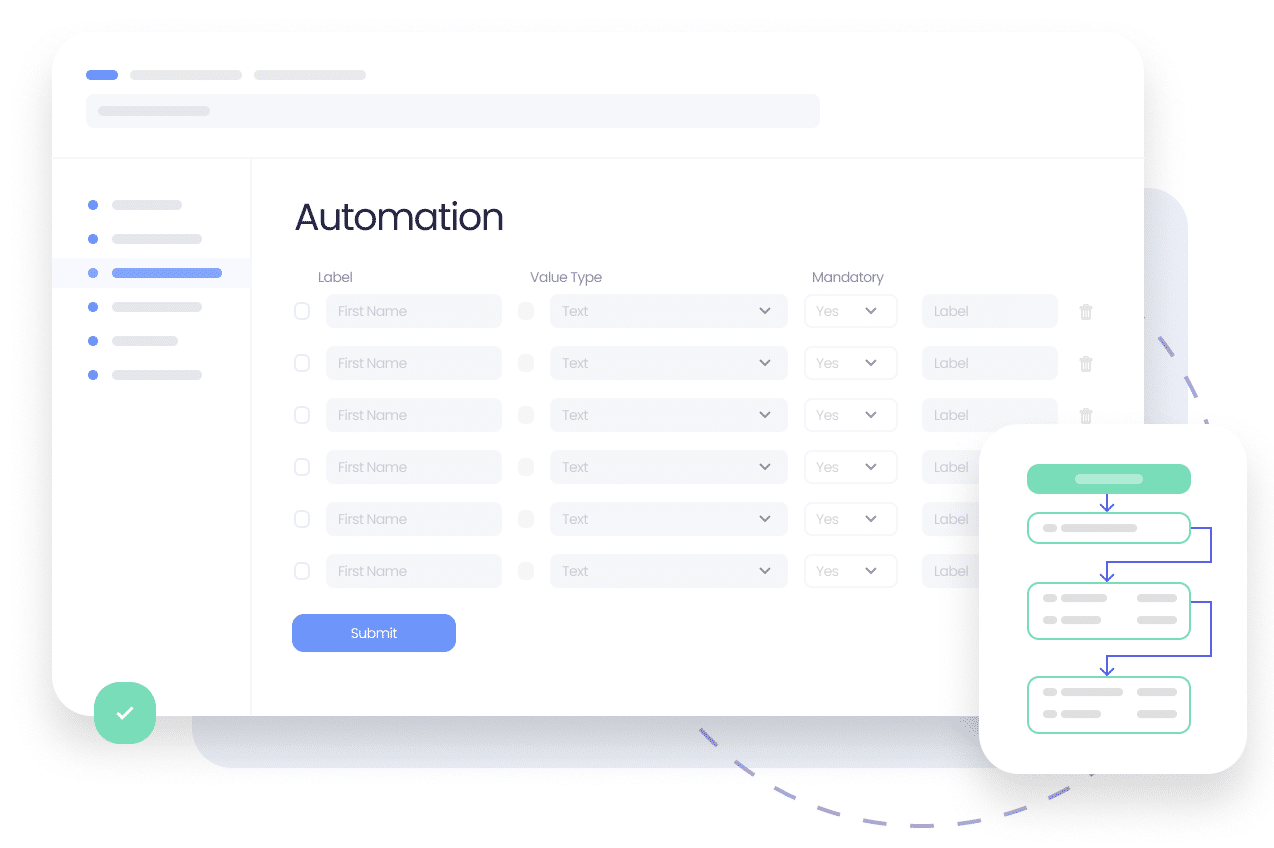Workflow analysis is usually referred to as the continuous reviewing of a company’s operational processes to identify weaknesses and bottlenecks in order to increase efficiency. Inefficient processes can greatly hurt the business operations and overall company revenue. This is just one of the reasons why it is important to look at them regularly. Any business owner or manager can conduct a workflow analysis and can see considerable benefits.
Why Do Businesses Need To Perform Workflow Analysis?
Thanks to changing technology, new business requirements, or even organizational culture changes, business processes may become inefficient over time. For example, Covid-19 forced organizations to serve customers through digital channels. Due to this dramatic shift in their business environment, process digitization and a new way of work was required in order for businesses to remain operational. Not doing this would have meant slow processing or even losing customers. New work dynamics were put in place and processes around them were adapted to the new business needs.
→ See How to Manage Customers’ Requests Digitally and Automate Process End-to-End
New technologies also open the door to increase efficiency. In this case workflow analysis would help to identify the optimal route to take in executing a task. For example, Digital Process Automation technology allows businesses to get rid of manual and repetitive tasks. In this case, a workflow analysis would allow managers to identify all the tasks that can be automated and those that can’t. For these last ones, human intervention would still be required. This guarantees that the time employees spend is mainly on value-adding tasks.
→ How To Automate Manual Tasks with Digital Workflows
Another example, a company that has 150 accountants and financial analysts within a single department. Each of them goes through a different route to create and send invoices. Not having a standard process in place creates not only inconsistency but may be costing the organization money. A workflow analysis allows us to identify the most efficient way to do such activities and put the processes in place.
Necessary Workflow Analysis Steps
Workflow analysis requires a human operator at the forefront, to direct software use and goals. Once you implement these steps, then the human element can be gradually reduced.
Interviewing Upper Management & Employees In All Departments
Every business employee can provide valuable information that allows you to optimize business processes. That is why you need everyone’s opinion and knowledge before coming to a final decision. Always talk to internal users that handle projects, rather than relying solely on managers.
The employees engaged in direct operations can provide information about the processes, bottlenecks, areas of improvement, and ongoing problems. They need to deliver this information to the software or specialist in charge of refining processes.
Fact-check all of the information that you receive. See if data is consistent with daily output. Record the methods you are using to complete tasks, and what may cause bottlenecks. If possible, create process mapping to organize the information that you receive.
Ask about the usability of programs and digital forms in question. Some digital forms for use in the workplace are tedious and hard to fill out. See if people can use the tools they have in the workplace on a regular basis.
→ Improve Collaboration and Data Management with Smart Forms
Documenting Time & Resources
For this step, we recommend the “Pareto rule”. This rule follows the 80/20 principle: 80% of the problems are caused by 20% of the processes. Thus, focus on changing that small number of processes since they have a bigger impact.
Ask employees to track how much time a process takes. Complement it with relevant software where your team can be log in time. Some programs will log time automatically. Check budgets for resources and see how many are used on a regular basis. See if utilities are overused, or bandwidth extended. Identify more cost-effective solutions.
Record recurring error patterns and note the dates when they happen. If you can identify problems that are repetitive and most likely to occur, the managers can find viable solutions for them.
Making Recommendations
After you have gathered the necessary information and logged the time and resources used, then start implementing suggestions to save time and money for your business. The manager should put together a detailed plan that tackles every business level to organize their recommendations. Then they should start the implementation as soon as they get approval.
Employees should know about all the potential options and have the opportunity to provide feedback. Then you can modify your suggestions within the plan according to their questions and concerns. Always listen to the people that are engaged in daily operations. They can see potential pitfalls and solutions more easily than a manager can.
Create a relevant proposal and matching presentation to show at meetings or one-on-one interactions. Add a timeline and a target completion date. Identify the core tasks and methods that should take the highest priority.
Ultimately, you want to convince upper management to approve these changes. The CEO, CFO, and department heads make the final decisions and have the most impact on their department. You need to show that automating workflows and redesigning them will improve the business as a whole.
Analyze and Improve Workflows With Virtus Flow
Virtus Flow allows you to create your own methodology to streamline processes and identify areas for improvement. Our team makes the workflow analysis and workflow deployment simple and intuitive through Smart Forms and Dynamic Workflows.
Reach out to us today to schedule your first demo. Virtus Flow will conduct a thorough workflow analysis and walk you through the steps. Any customer can improve their business processes when they have proper guidance!











